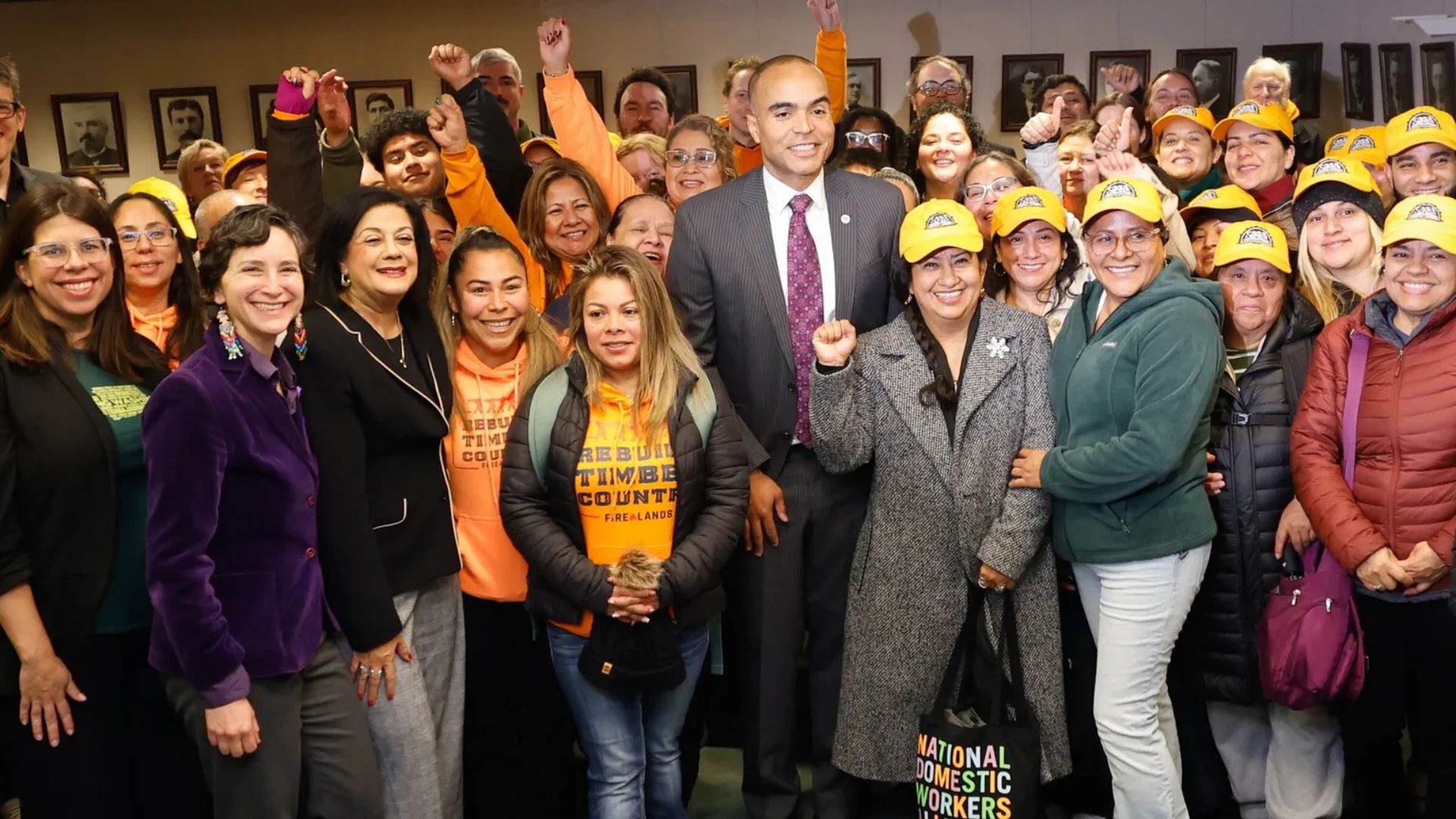
August retail sales experienced a 4.3% year-over-year increase, as reported by the U.S. Department of Commerce. E-commerce also saw growth, though it slowed to a 7.6% rise compared to July’s 11.8%, a dip that analysts attribute to the impact of Amazon Prime Day.
These numbers reveal a cautious consumer who remains willing to spend selectively. Bankrate Senior Industry Analyst Ted Rossman notes that current spending trends indicate people are more inclined to splurge on experiences like travel, dining, and concert tickets rather than physical goods, characterizing consumer spending as “solid but not spectacular” in recent times.
August proved fruitful for retailers due to purchases related to back-to-school items, fall apparel, and late-summer vacations. GlobalData’s research suggests similar boosts could occur during the upcoming Halloween and year-end holidays.
GlobalData Managing Director Neil Saunders pointed out that much of August’s spending was deliberate and focused on necessary products rather than impulsive purchases. This suggests a trend where consumers are scaling back on general browsing and impulse buying to spend a bit more on specific events.
However, consumers are showing reluctance toward significant purchases, impacting sales of home goods (down 7.6%), electronics (down 1.6%), and sporting goods (also down 1.6%). Although apparel sales rose by 3.6%, department stores saw sales decline by 2.4%. Saunders noted that apparel shoppers remain highly price-sensitive, with many purchases being influenced by discounts or value channels.
There is also uncertainty about whether the modest growth in August’s numbers can be sustained. Factors such as the resumption of student loan payments in October, diminishing pandemic-era savings, and the Supreme Court’s rejection of the Biden Administration’s student debt forgiveness plan could influence consumer spending patterns. Analysts from Wells Fargo have highlighted that households across income levels may reduce discretionary spending due to these factors, potentially impacting their capacity and willingness to spend.

